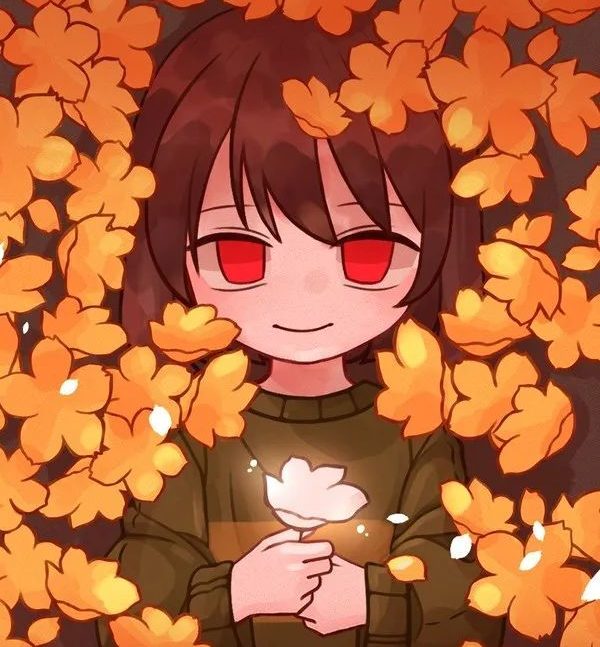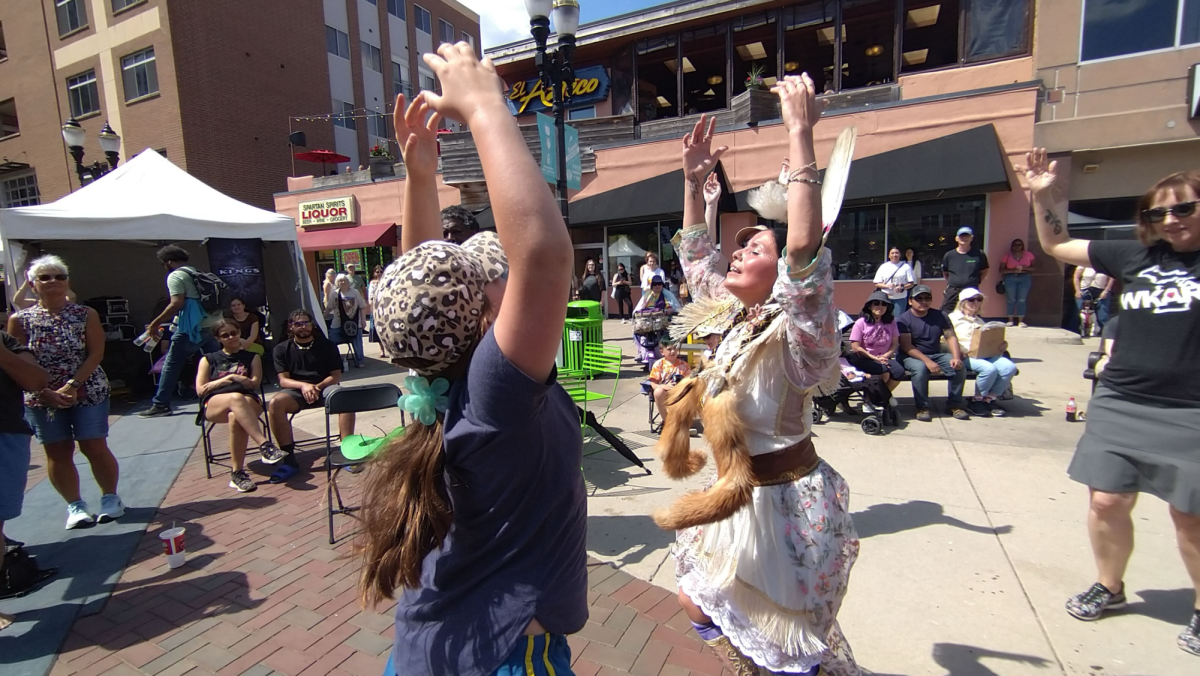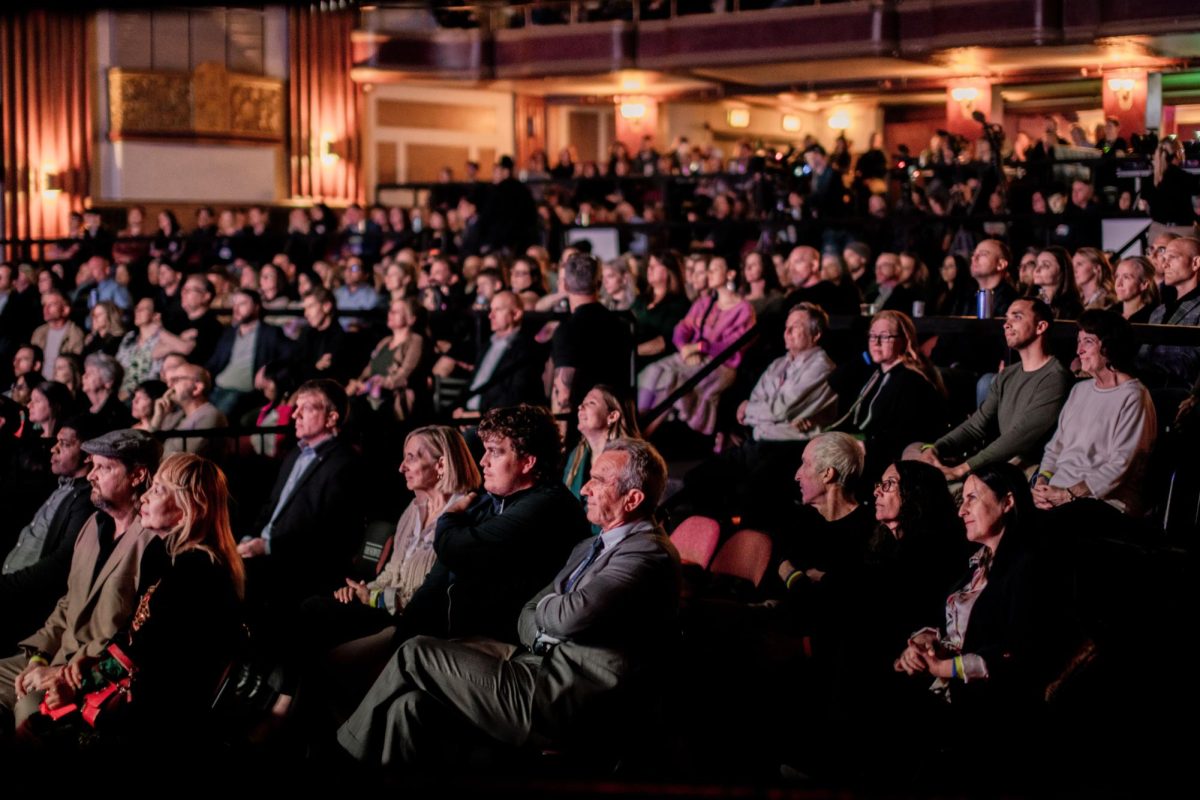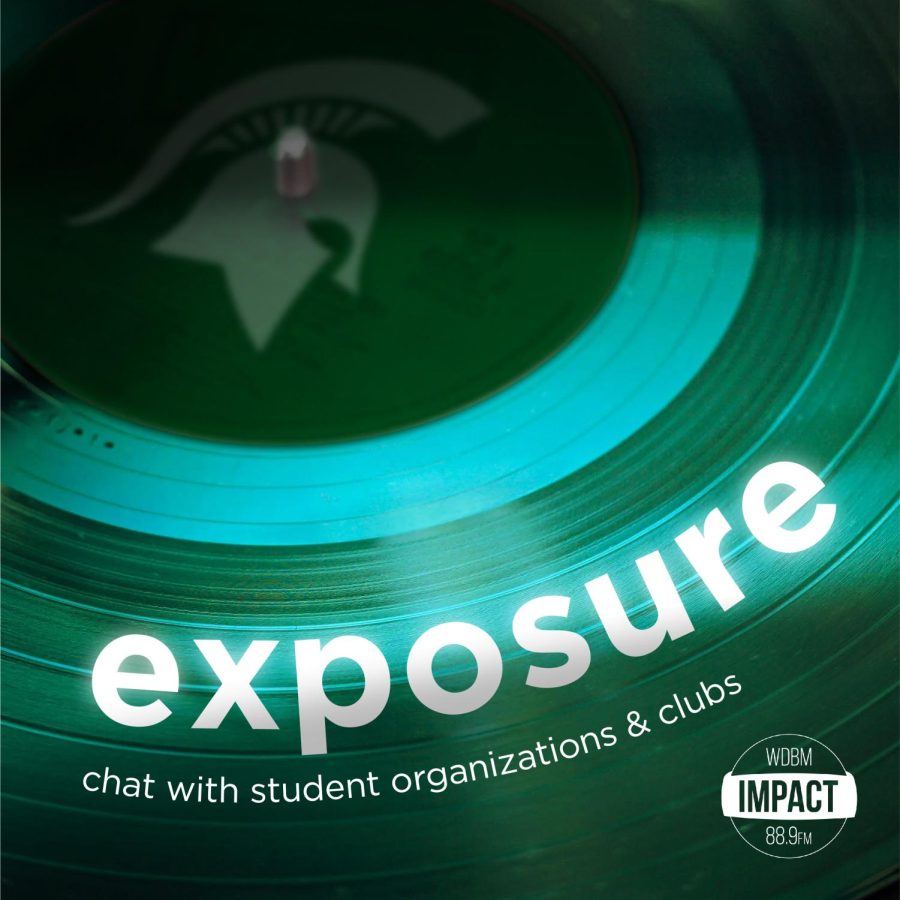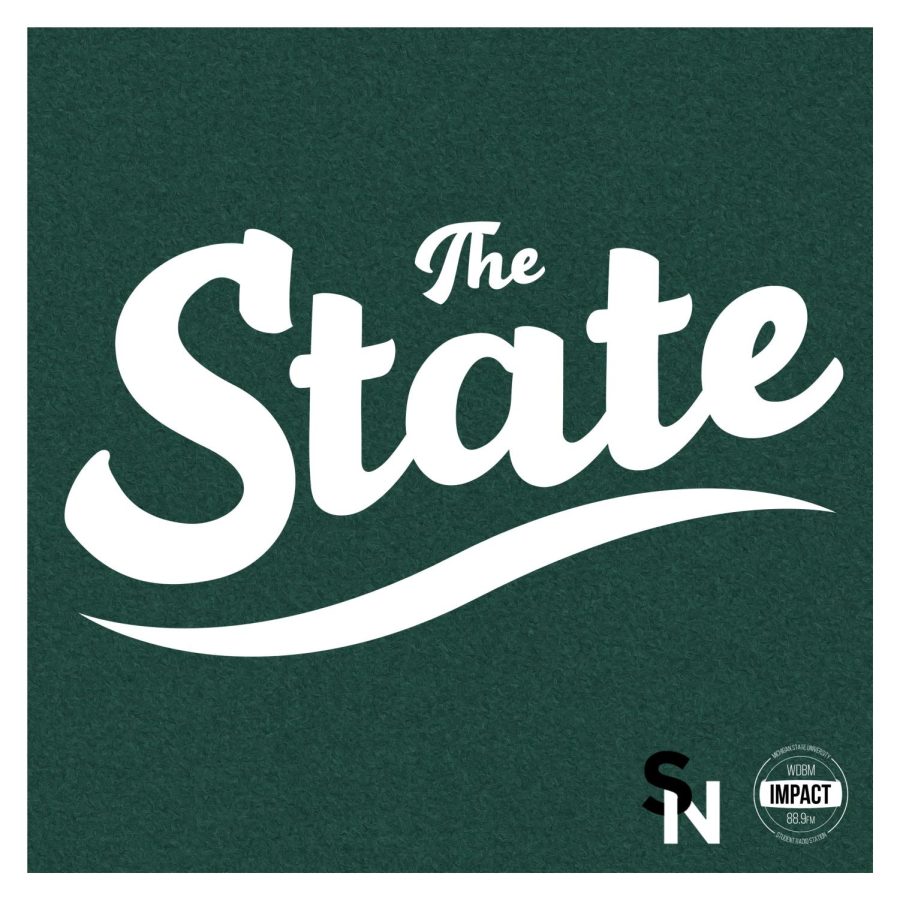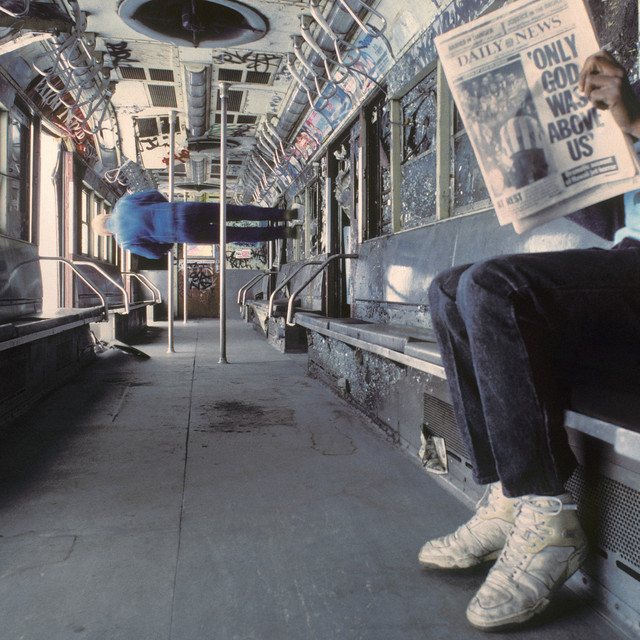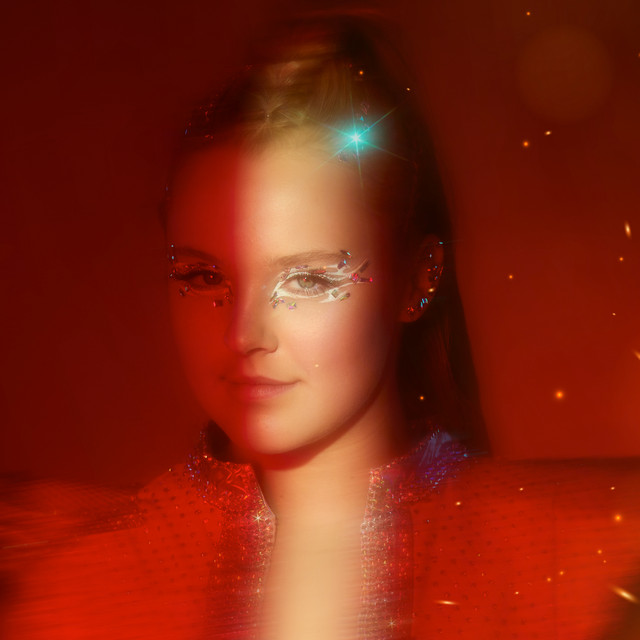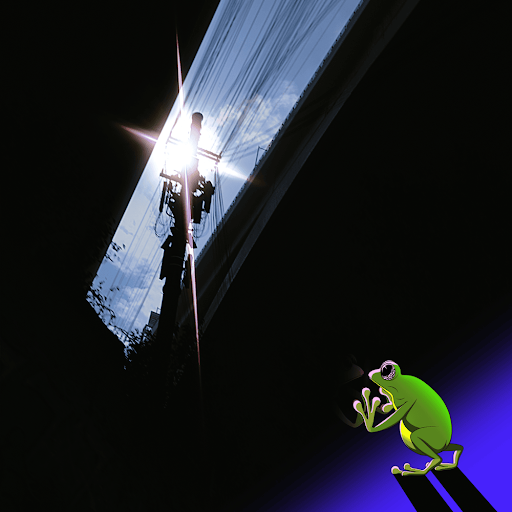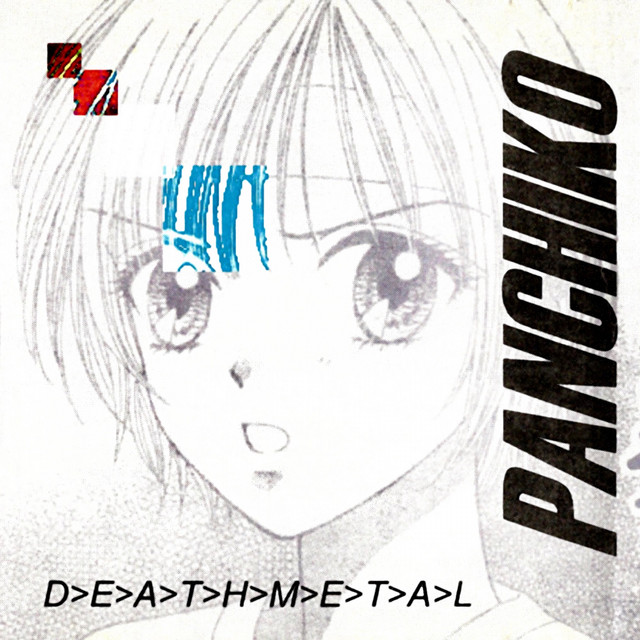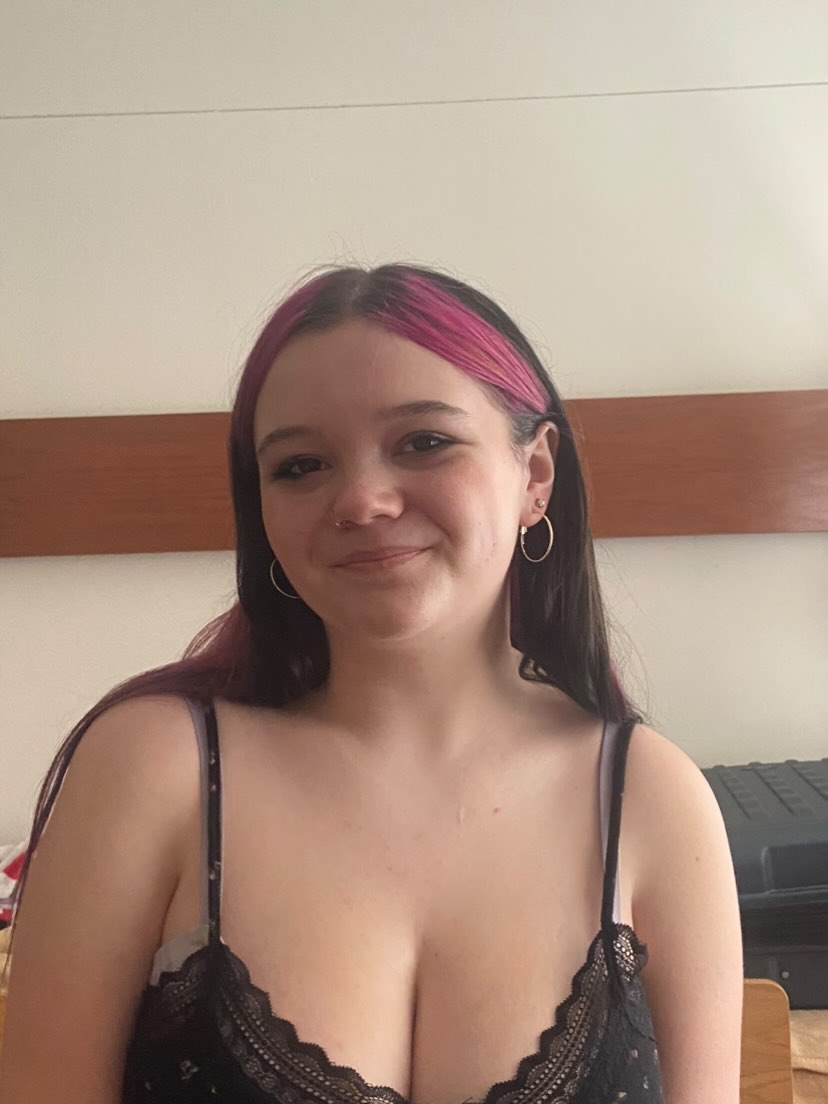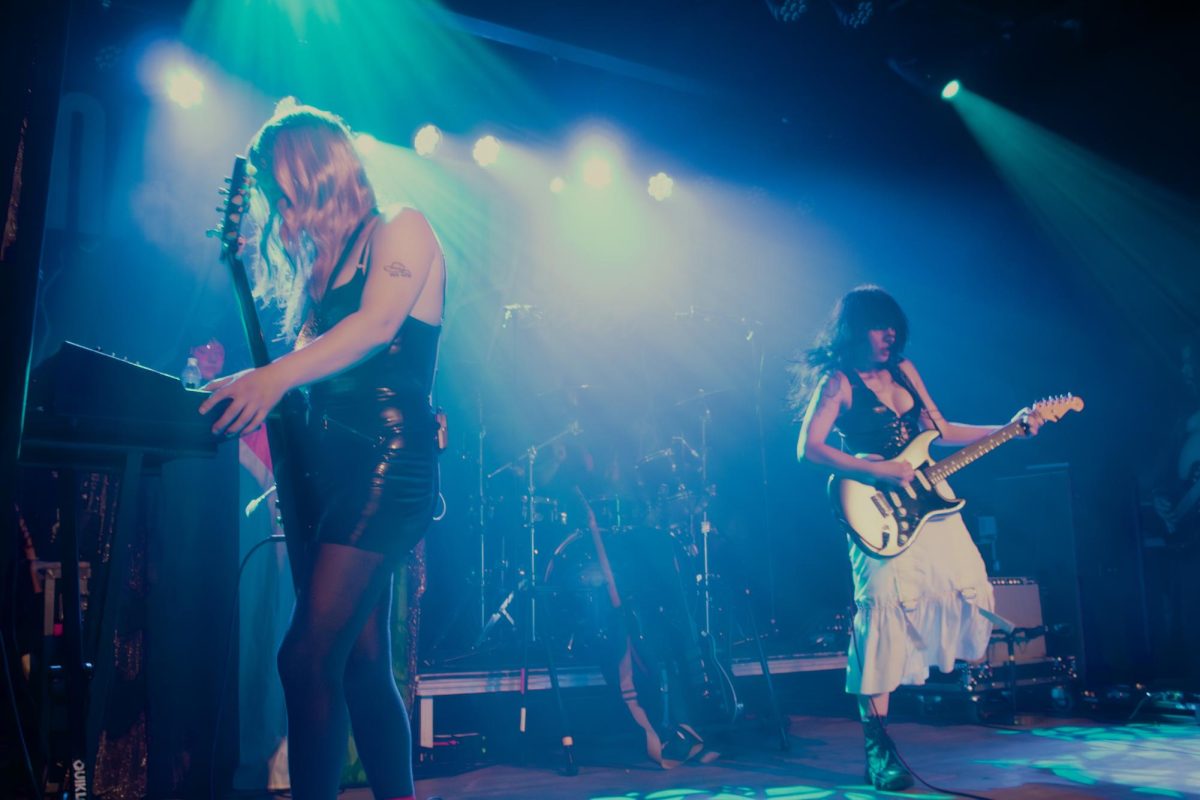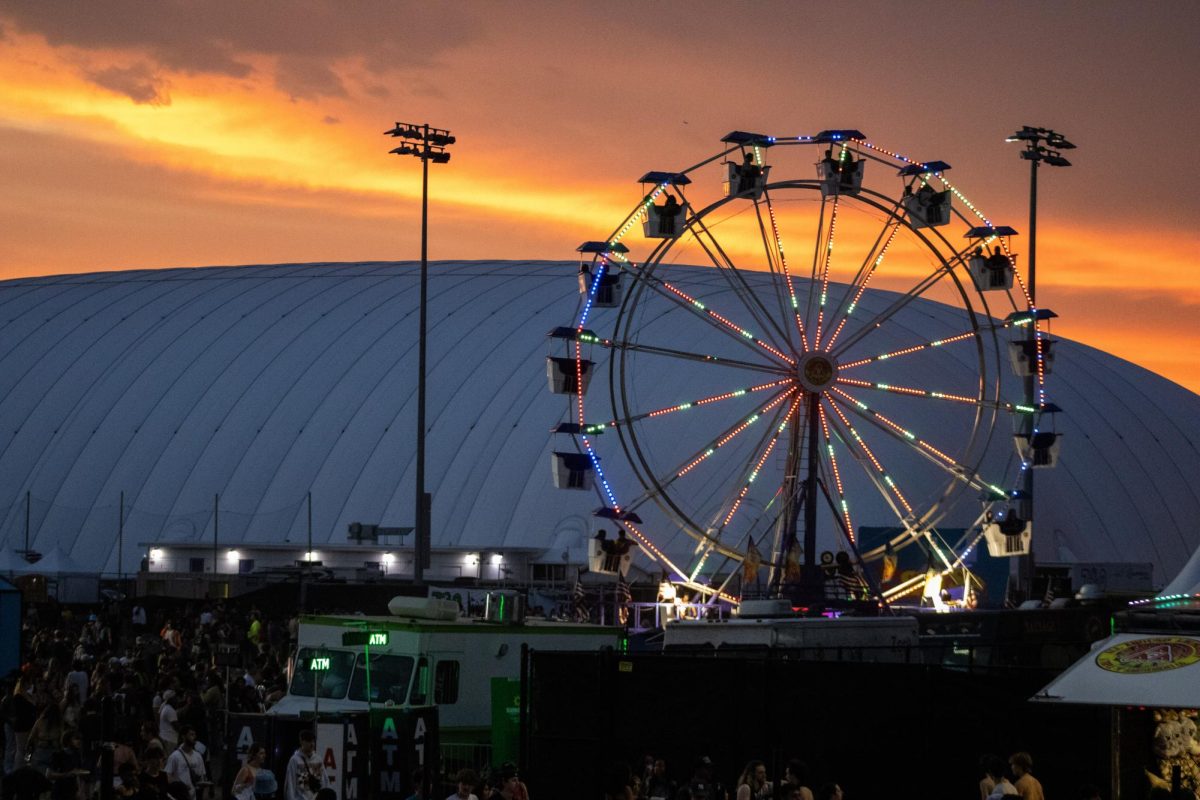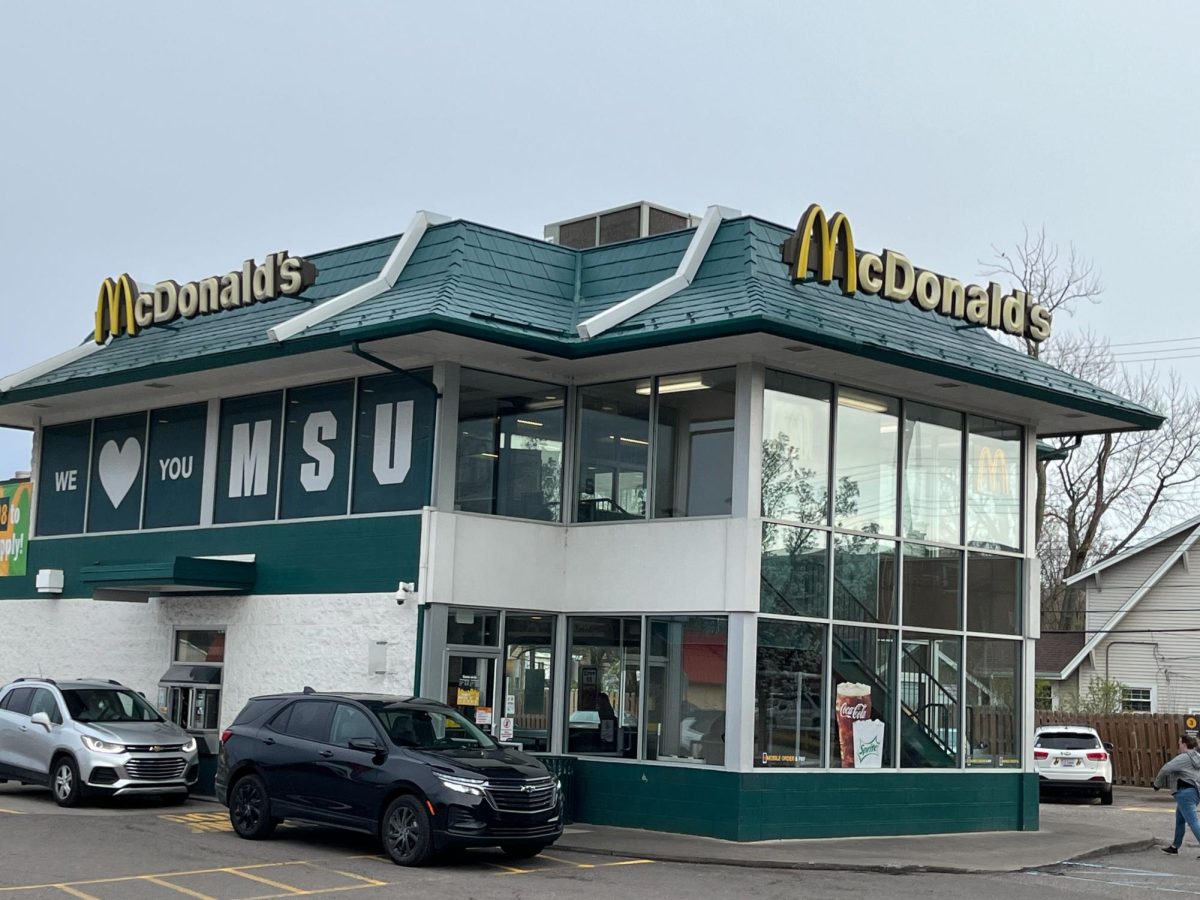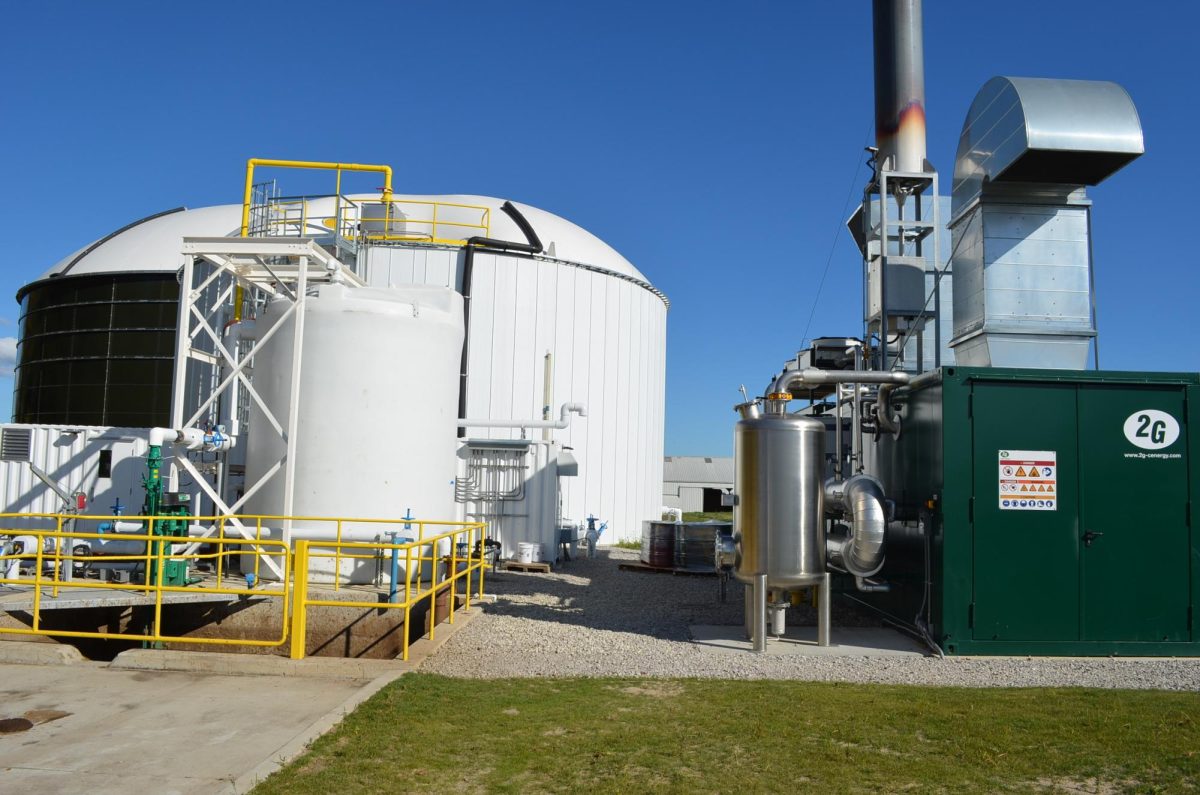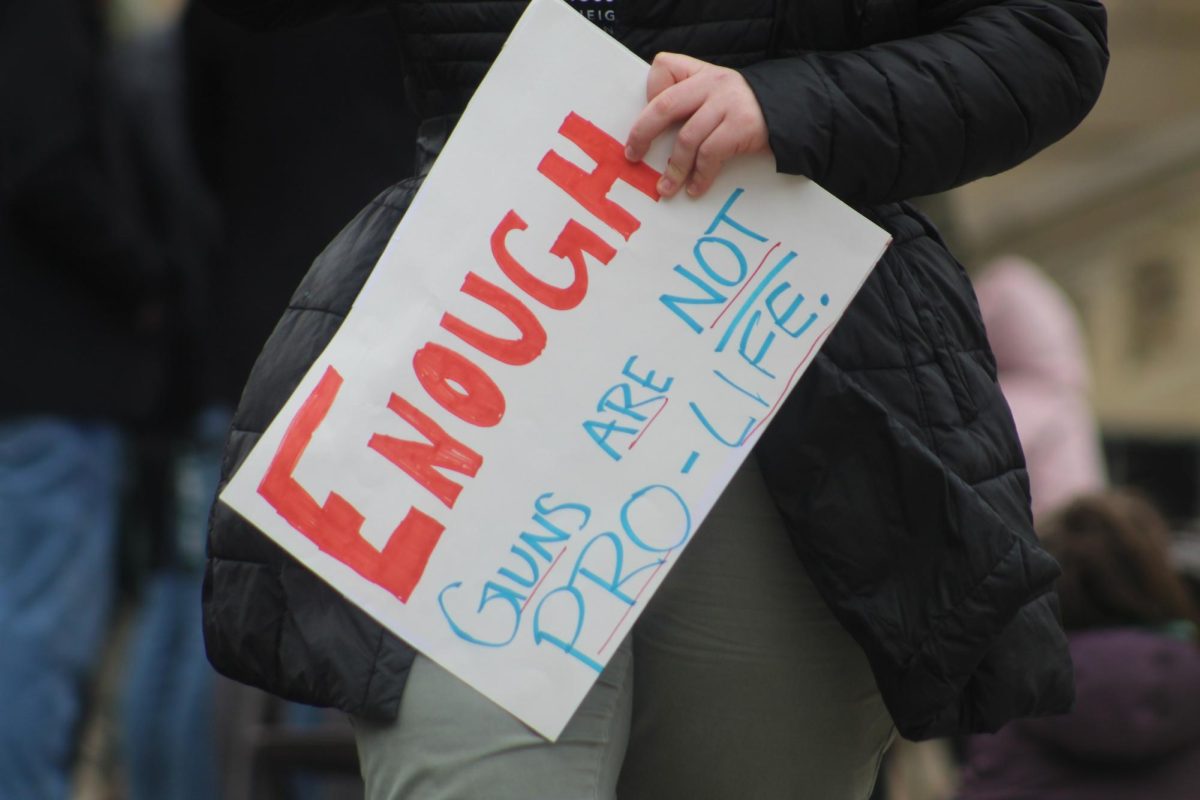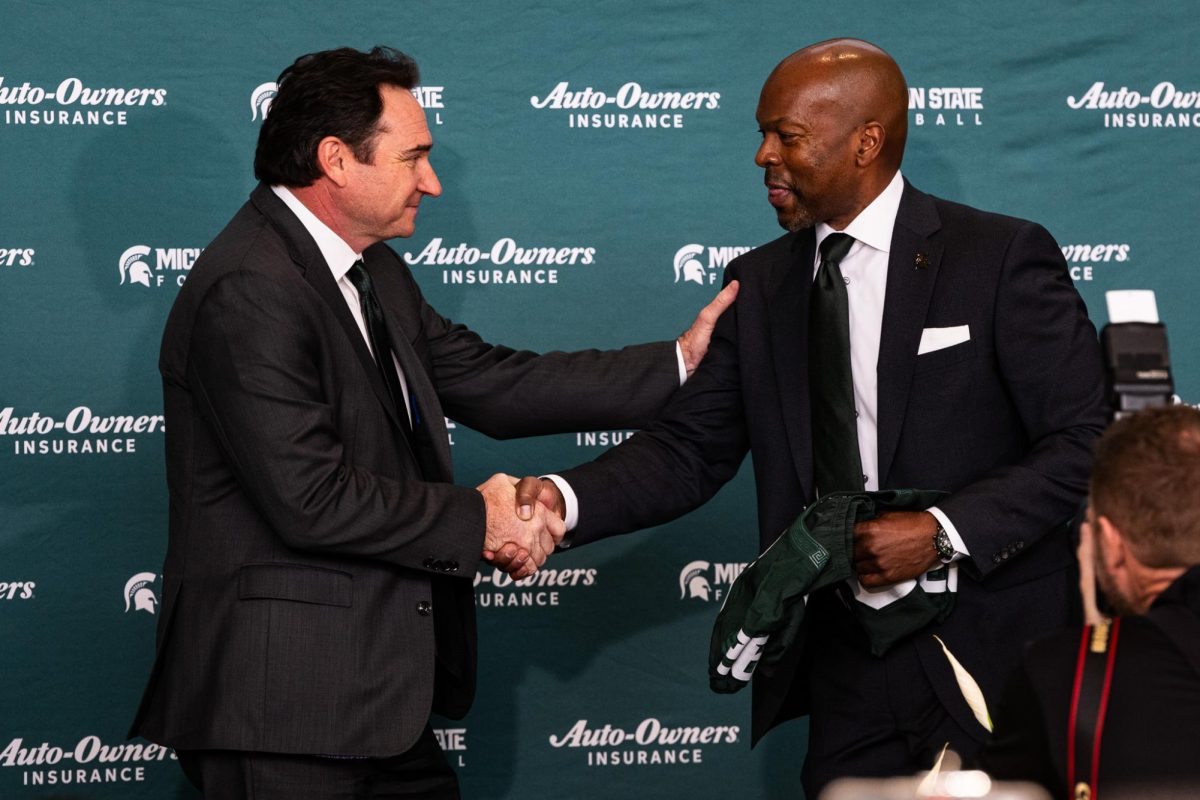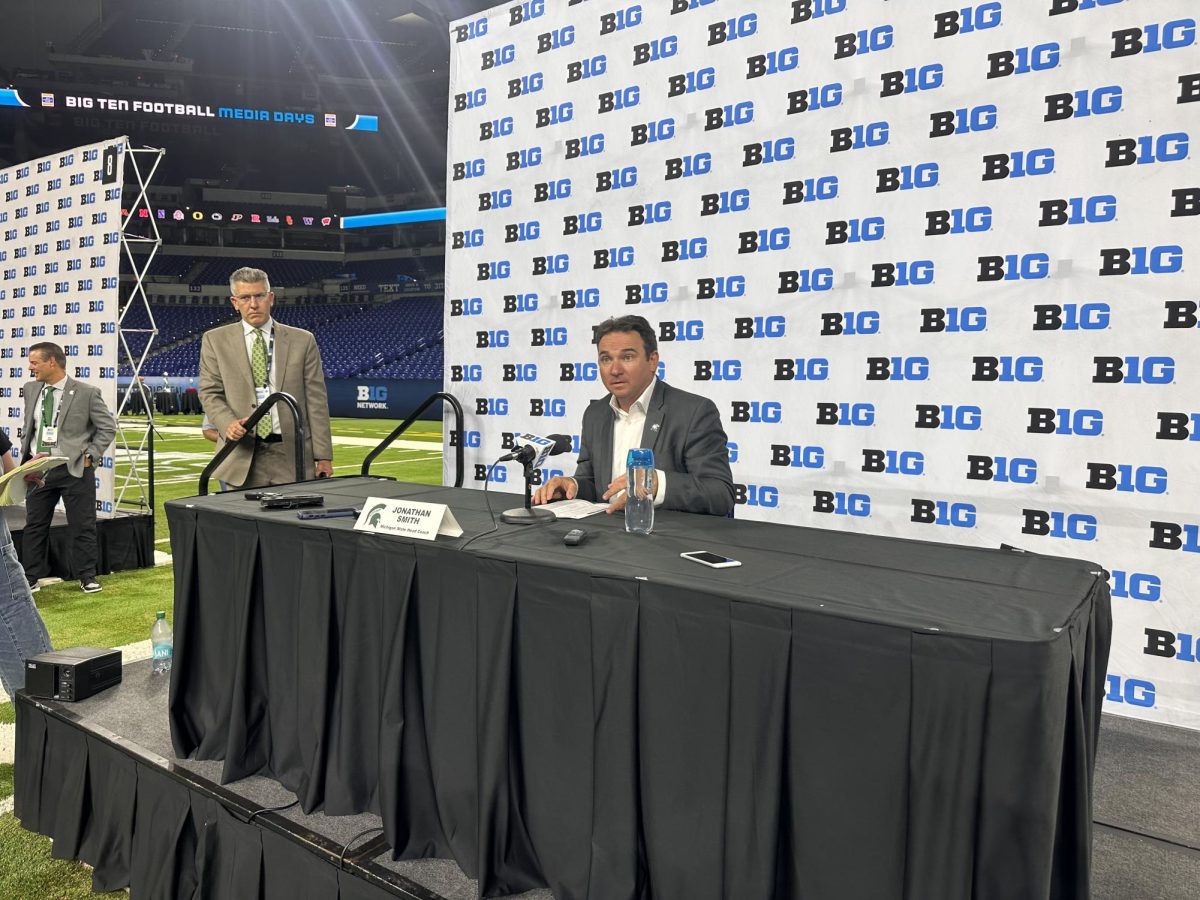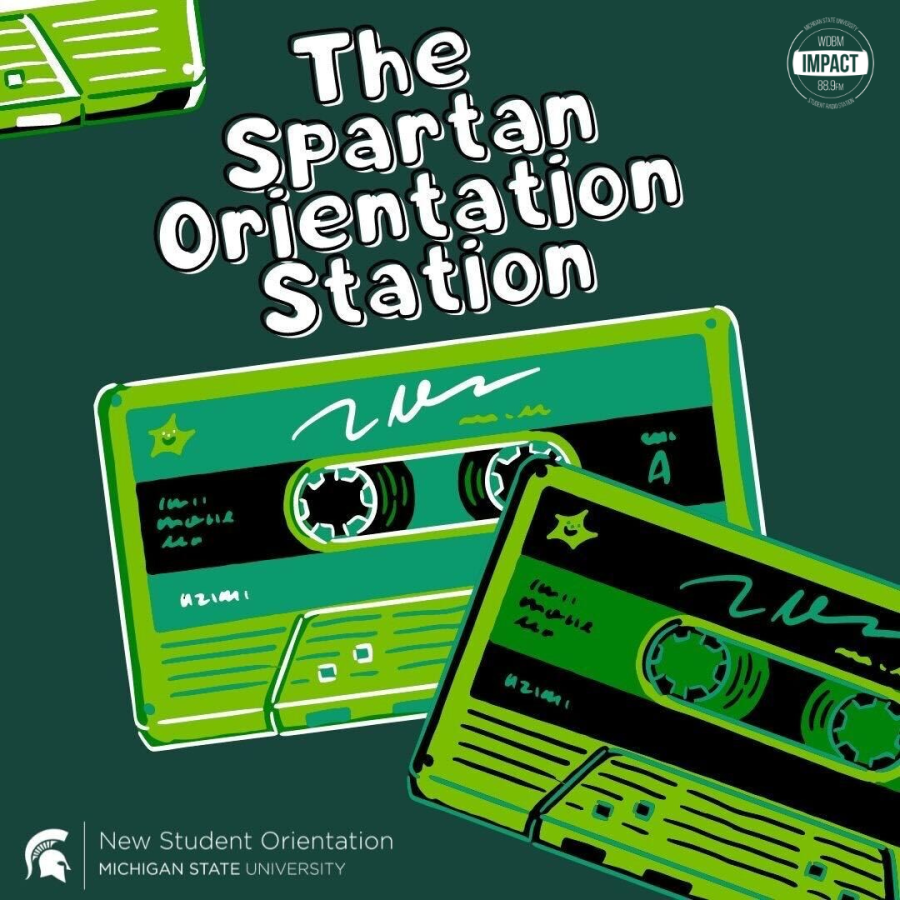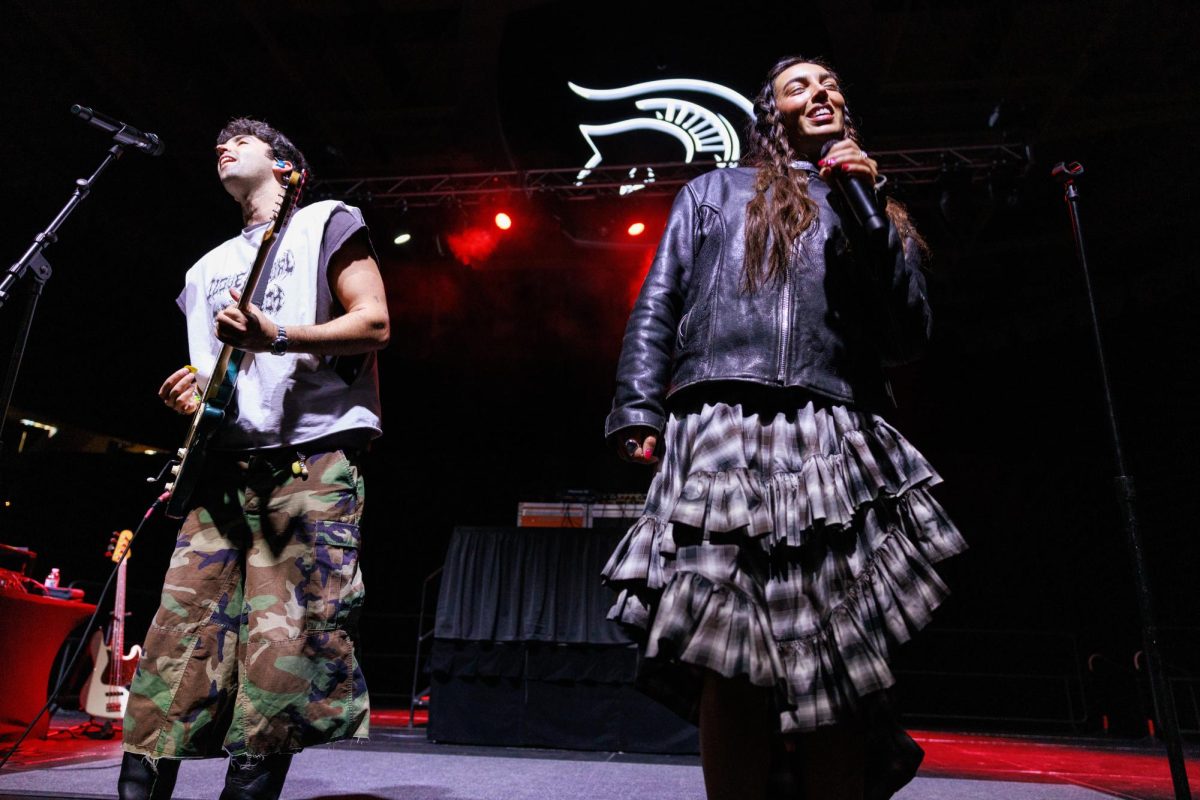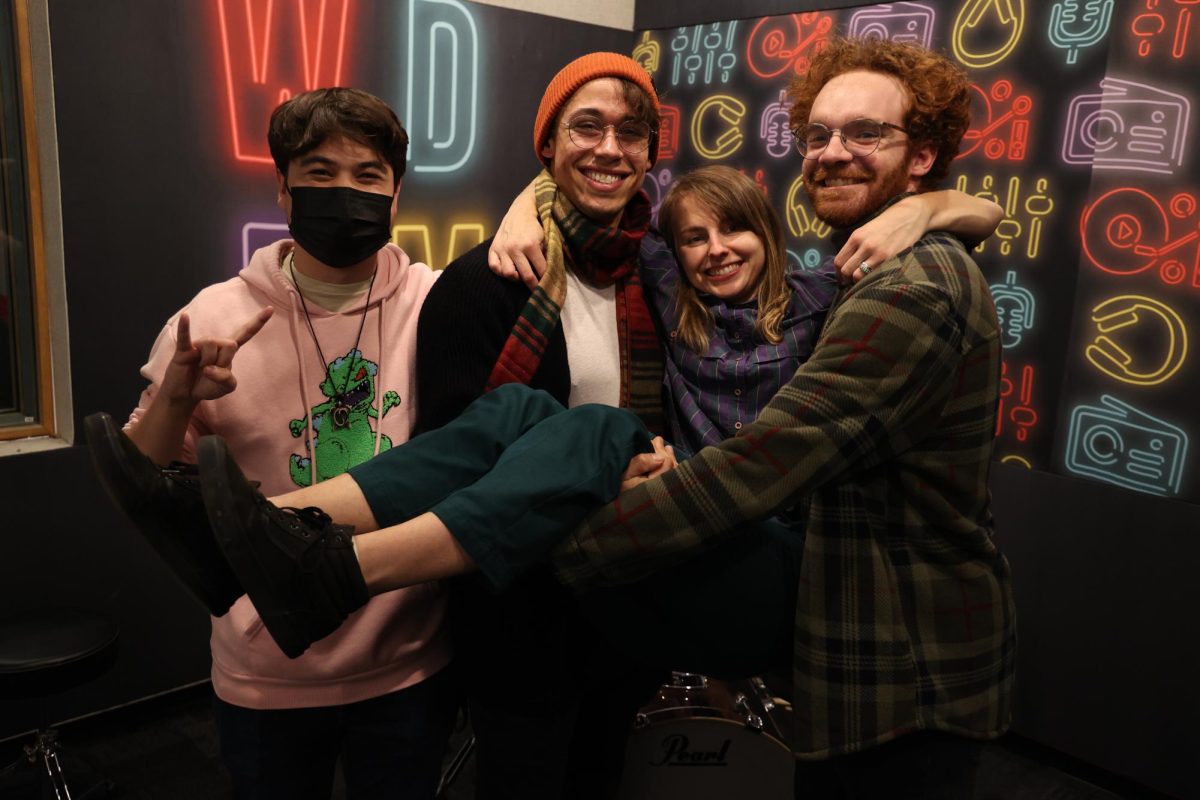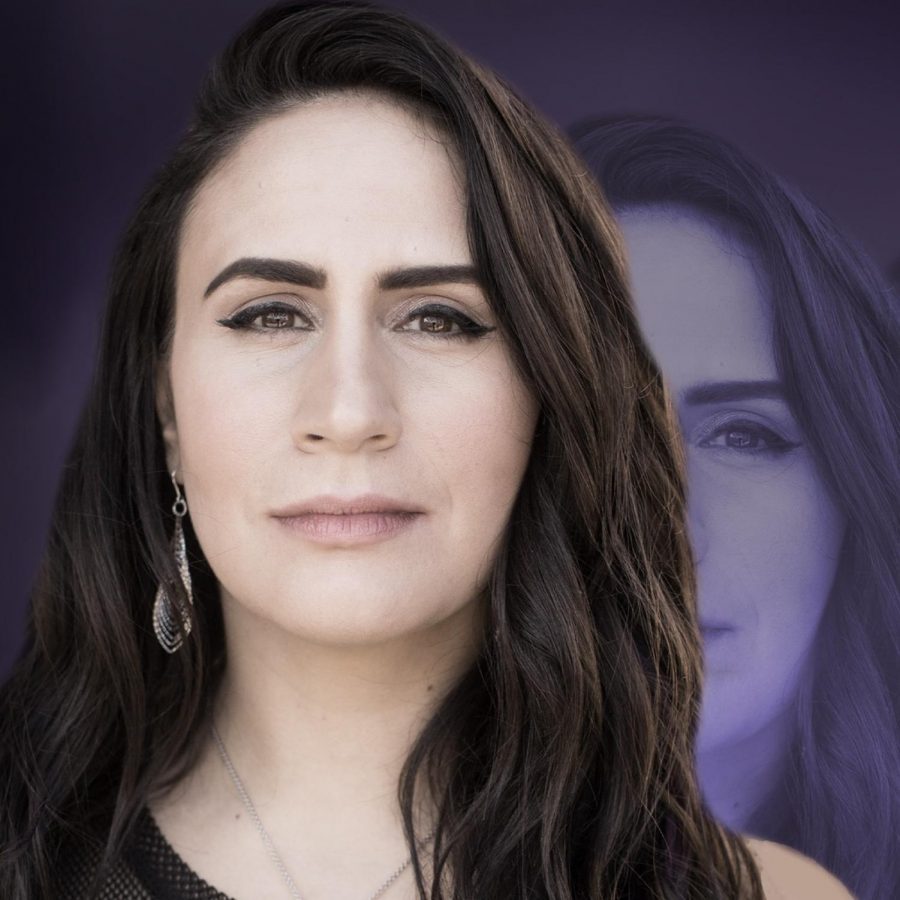Interview — 1/17/22/ — Cacola
January 31, 2022
Cacola is an Louisiana-based artist bringing elements of plunderphonics, drum and bass, and mashups into her fold. Her last album A Gift To Us All made Terminally Online’s shortlist for best of the year. In the wake of her new album Ruby Rose, I sat down with her to talk about the rules of mashups, rock operas and Undertale lore.
Luke Adams: This new album Ruby Rose is a mashup and plunderphonics album, but it’s oddly sophisticated with how it deploys some of these samples. It’s very well arranged in terms of what comes in when and how these tracks eventually build and circle around. Is there any method to the madness, so to speak?
Cacola: I’ve been making mashups since I was 9 years old. It was legitimately the thing that made me want to make music when I found out you could combine different pop songs together. That was what sparked my love and excitement around the idea of making music: this initial concept that just seemed so cool to me. What got me into mashups were these club mixes. Artists would combine these songs together into a very dance-oriented way where it’s very busy and all over the place. The default expectation of a mashup for me was always busier than just two songs.
I don’t know how obvious this is, but one of my biggest influences is prog rock. I’ve listened to so much prog rock it’s kind of ridiculous. As a general thing, I take a lot structurally from prog rock. I try to apply that mindset to genres that people wouldn’t really think about in that way. The layouts of these tracks are very busy because I want to use the ability that I have to take different samples of pop songs and explore very non-pop structures. One thing that’s underappreciated about mashups is that they allow you to break up a song and do something with it that normally wouldn’t have gone out in that way.
Luke: This album is heavily embedded in pop culture iconography, but not entirely. For example, we hear the “Aquatic Ambience” [Donkey Kong Country] bit in “Graphic Ambience.” Is there any type of sample that you gravitate towards?
Cacola: The first mashup album I did, Amy Rose, I had one big rule, which is that I wanted to sample stuff that basically everyone could recognize. If I thought something was too niche, I tried to avoid sampling it. With Ruby Rose, I kind of put that rule aside in favor of going, ”I want to sample stuff that when I hear it, it would trigger a lightbulb in my head.” I’d be like, “Oh my God, hearing this sample recontextualized is really an exciting ‘click’ moment.” A lot of the more niche samples were done with respect to the fact that there are people who are going to recognize Blank Banshee or Donkey Kong or the Adventure Zone theme. That’s going to write up in a different way than if I had just sampled a Britney Spears song or a Beatles song.
Luke: It feels like a more niche experience.
Cacola: You relate to it in a different way. I had a very interesting conversation recently with my friend who’s big into music history and music genealogy, and she was arguing that a mashup isn’t a mashup unless it’s sampling recognizable material. If it’s not meant to be recognizable, it’s not a mashup. I didn’t agree with this, but I did take that perspective into account because to the degree to which something is recognizable relates to you, it has a stronger effect on you. I’ve noticed this because a lot of people in specific mashup scenes will mashup songs in niche video games that they like with really recognizable pop songs. I guess that triggers a light in the brain that feels like your niche interest is seen and contextualized in a very unique way.
Luke: You mentioned that there were certain rules that you threw away for Ruby Rose. With that in mind, what is the relationship between this and Amy Rose? Is it an advancement? Are they sister albums? Are they part of a greater canon yet?
Cacola: The thing about Amy Rose is that I made most of it in the span of about two weeks. It was very spur-of-the-moment, like “I want to make a mashup album.” I’ve always had the impulse to make a mashup album with my own unique spin because, like I said, I’ve always liked mashups. So yeah, Amy Rose took about two weeks to make. There was one song, “Dragons & Disco,” that was an earlier mashup from a couple years prior. With Ruby Rose, I spent about a year working periodically. I started it back in mid-2020. The idea was that it would just be a side thing I would work on during other projects but I had a lot of computer issues throughout 2021. I had computer breakdowns, monitors going dead and power outages, so I often couldn’t use my main computer rig to work on music. I didn’t have any access to all my programs and VSTs (Virtual Studio Technology) to make virtual music, so the only thing I could do was make sample-based music.
Almost out of necessity, I spent so much time on Ruby Rose. I had about 2 hours of music by the end of it that I had to cut down into a still-lengthy 80 minutes. I do think Amy Rose was mostly me honing in on what my idea of a mashup album could be. I was still finding my sound, and only by the end of it did I really think I had really grasped that sound. With Ruby Rose, I finally had my sound down, and I was ready to paint a picture with it in a broader sense. They are sister albums in the sense that they have different appeals, but they build off of each other.
Luke: That actually reminds me, I was re-listening to your Mechafest set, and it finally clicked that “Graphic Ambience” was originally on there.
Cacola: I knew I wanted to premiere one song off the album then. I had considered using this Weezer/The Residents mashup, but I decided against it in the end. That was one of the songs I had to cut.
Luke: I remember reading something you posted on Rateyourmusic that “Super Ultra Megaballad X” — the longest song on the album — almost didn’t make the album.
Cacola: I had a moment where I had to cut down the tracklist and then I listened to it back and there were three songs where I thought, “Oh my God, these are ruining the album. They’re totally killing the flow.” “Super Ultra Megaballad X,” “Cringe” and “Graphic Ambience” were all moments where I was genuinely considering cutting them out at the last second. I had a bunch of people talk me out of those specifically because they were tracks that they liked a lot. When I actually finalized the mixing and transitions, I listened to the album back and thought, “Okay, it actually works in context now.” A lot of the time when I’m going through the process of finishing an album, there’s always a few-day-long period where I’m listening to the final product and think “This fucking sucks, this is terrible. I put all this work into it and it sounds like ass.” Usually, I have to overcome my instinct to tear it all down because that tends to be more destructive. I do my best to refine it, but I’ve found that if you question your work too neurotically, you’re bound to damage your work more than you cleanse it.
Luke: Moving away from this release cycle, it’s been about a year since A Gift to Us All dropped, which was one of my favorites of 2021. That album had a bigger emphasis on hardcore breaks and drum and bass sounds than on any of your other records. Is that a sound that could play out more in this project in the future?
Cacola: Thank you. The initial spark of inspiration for that album was that I wanted to make a Petscop-inspired release, and I tried to think of what sounds would pair well with that, so I thought “Oh, Y2K drum and bass atmospheric rave stuff, that’s cool.” Along the way I was writing off, I started listening to a lot of early ‘90s breakbeat rave music and that just lit up my brain in all kinds of ways. I definitely do love making that stuff, especially the kind that’s more hardcore-leaning. I don’t currently have any upcoming projects where I lean heavily into breakbeat. I do have some rave-oriented stuff that I’m working on, but it’s more of a trance kind of vibe. The stuff that I found really rewarding to work on in the long run on that album was stuff like “How To Take Complete Control of Everything and Everyone,” which were more trance-related. I think if there’s a sound I lean into more, it’ll be that kind of rave music. I’m also interested in dipping my toes in gabber and other kinds of hardcore at some point.
I think the breakbeat stuff will still always be a part of my sound because there’s something very satisfying about having a groove switch from one thing to a breakbeat. I did that on Amy Rose a lot, where I’d take pop songs and layer breakbeats over them. That’s always a fun sound for me to play around with. I’ll probably always be toying around with that to some extent since that’s a very natural step in my creative process.
Luke: Speaking of things that you’re working on, you posted on Twitter recently about a potential metal project in the future. What would a metal project sound like coming out of the Cacola sound?
Cacola: It is actually interesting because most of my last few albums where I’ve had one song where I do a rock or metal thing. The first big experiment that I did like that was a song off of The Angel, the Demon called “The Plague, The Cancer.” It starts like this chiptune dungeon synth song that blows up into atmospheric black metal. That was really just me trying to successfully make a metal song without a guitar or a band behind me. Just synthesize a metal song. In my opinion that’s maybe the best song on the album — at least the one I’m always the most excited to return to. On A Gift to Us All there’s a 15 second industrial metal break on the third track. It’s kind of been a sound I’ve been poking at and flirting with.
Right now, the first couple projects that dive fully into metal aren’t going to be full dives, because they’ll be supplemented with more electronic stuff in addition. But I do have a project working right now that’s very much inspired by atmospheric metal bands like Agalloch, Ulver and Anathema. That sort of ethereal metal sound was the one that came naturally to me when I was toying with different project ideas. I’m thinking of a mix of sampled and original stuff that has electronics, samples of metal and original metal that’s coming together as the start of a big project.
Luke: You’ve mentioned The Angel, The Demon earlier, which is my personal favorite. Not just because of the sounds at work, but also because of how it’s packaged as an Undertale fan project. Would you like to unpack how that game’s lore seeps into the project?
Cacola: The Angel, The Demon spawned as an intrusive idea I had when I was 15 after playing Undertale. I was listening to The Protomen at the same time, which is an alternative rock band who make rock operas inspired by the Mega Man games. It’s really them loosely using the Mega Man series as a framework for their dystopian anti-authoritarian epics.
Luke: So they’re very Cybertronic Spree [a Transformers-inspired band]?
Cacola: I don’t know them by name, but they’re legit one of my favorite bands ever. I thought, “Damn, somebody should do The Protomen, but for Undertale.” And then I thought, “Wait, I make music, I’ll do it!” One problem: I had never written lyrics before and I was about to undertake a rock opera or synth opera. I had written out all the music and had tried writing lyrics for it and the learning curve was so steep that I spent so long just writing and rewriting songs, failing to create something I was fully satisfied with. It was pretty difficult to come to terms with the fact that I’d have to release it instrumentally, because I did want to tell the story directly.
The album is my interpretation of the backstory of the character Chara, who was left pretty vague in the game itself. By the time I had finished playing, they were by far the character I had latched onto the most. They resonated with me in a really special way, so I wanted to write that out into a story while writing music at the same time. The end result is that I have a musical-interpretive retelling of that story, and I now realize that that character being left vague was probably a better idea as to not have that spelled out directly in text. Basically, the album is meant to be a retelling of their life up until the events of the game Undertale.
Luke: Could you see that story expand the more content comes out of Deltarune [Undertale’s sister game], or is that self-contained within Chara’s story?
Cacola: I’m not gonna lie and say I haven’t considered writing more albums about Undertale, because I genuinely have. Whether any of those albums ever come to life is a different story. I tweeted about another album I was trying to write alongside The Angel, The Demon called Comfort Tape, which was more of a free-associative, abstract interpretation exploring the other details I had kind of envisioned about Chara’s character. That didn’t come through by the time I finished the project. I’ve had other ideas about different albums I could do about other different Undertale things I find interesting or inspiring. Until I have something with too many songs written out to abandon it, I can’t make any more promises yet.


